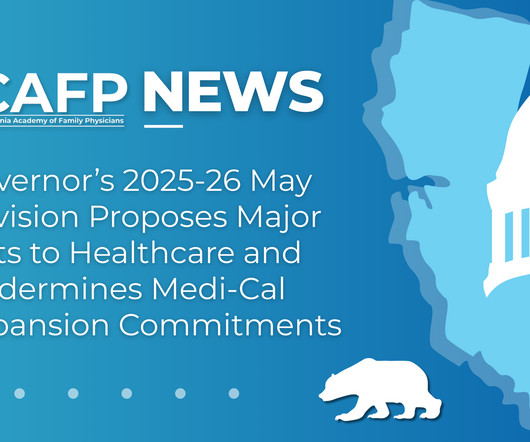Governor’s 2025-26 May Revision Proposes Major Cuts to Healthcare and Undermines Medi-Cal Expansion Commitments
California Academy of Family Physicians (CAFP)
MAY 14, 2025
Proposed Changes to Medi-Cal Coverage for Undocumented Individuals Enrollment Freeze for Full-Scope (State-Only) Medi-Cal Expansion to Undocumented Adults – Freezes new enrollment for undocumented adults aged 19 and older, effective January 1, 2026. The policy would be effective January 1, 2026.













Let's personalize your content